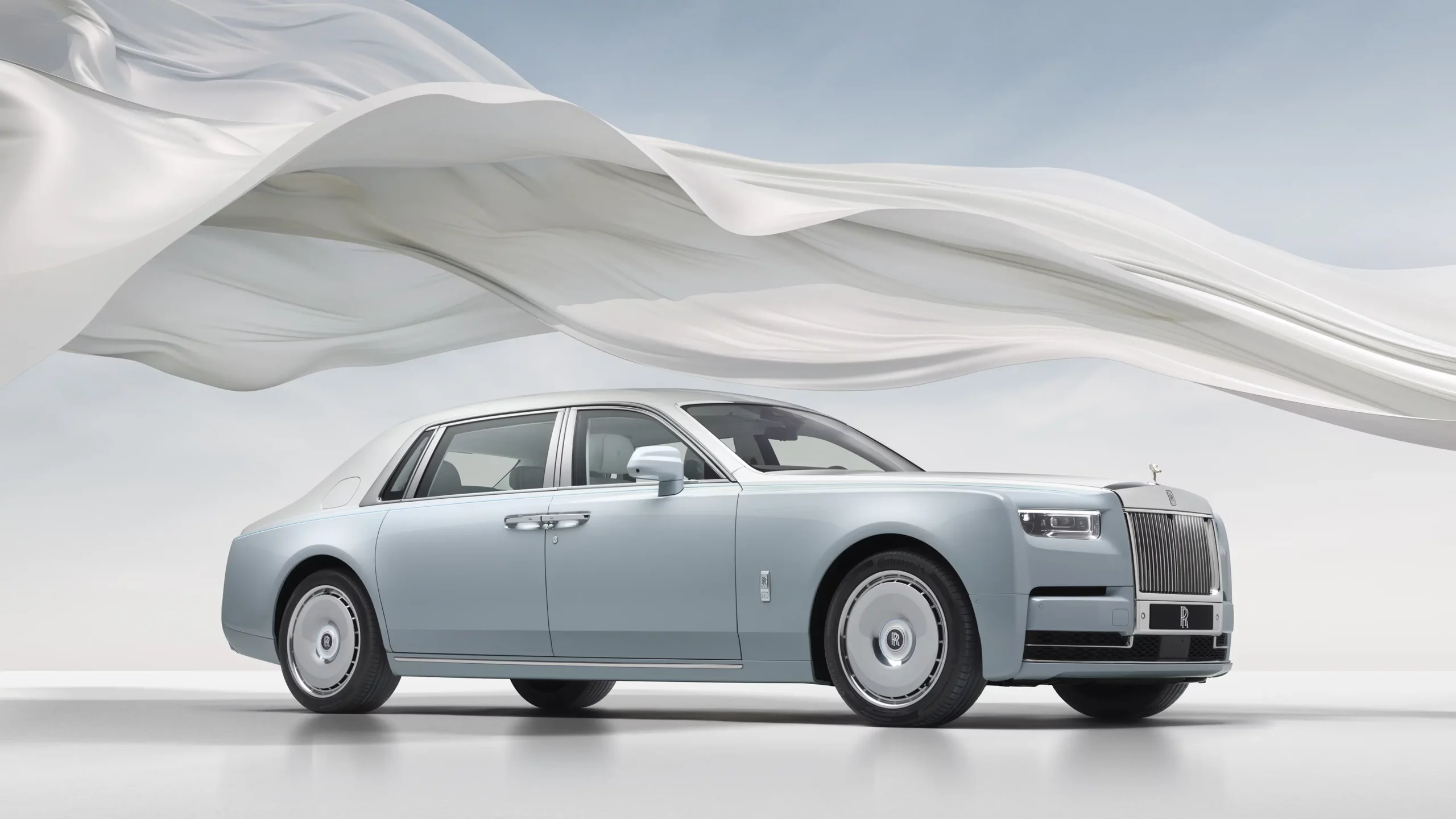Physical Address
304 North Cardinal St.
Dorchester Center, MA 02124

Rolls-Royce Holdings plc is a leading British multinational headquartered in London. Although the current corporate structure dates from 2011, the company’s origins go back to 1904 when Charles Rolls and Henry Royce founded the original Rolls-Royce.
Today, Rolls-Royce ranks as the world’s second-largest aircraft engine manufacturer. It plays a major role in the maritime, energy and defence sectors. The company delivers advanced propulsion systems to customers in over 150 countries, including airlines, governments and energy providers.
Rolls-Royce operates in four key sectors.
The civil aerospace division designs, builds and maintains aircraft engines for wide-body commercial jets, regional aircraft and business aviation. Its wide-body engines continue to drive profitability.
The power systems division supplies high-power combustion engines and energy solutions for maritime, industrial and infrastructure markets. It has steadily improved its margins in recent years.
The defence division develops engines and propulsion systems for military aircraft, naval vessels and nuclear submarines. It also provides long-term support contracts and mission-critical services.
The ITP Aero subsidiary specialises in aeronautical technologies and engine maintenance. Rolls-Royce holds a stake in this business, which strengthens its vertical integration and technical capabilities.
After the COVID-19 pandemic, Rolls-Royce launched a strong financial comeback. In 2024, the company reported an underlying operating profit of around £2.5 billion, a 57 per cent rise from 2023. Revenue reached approximately £17.8 billion. Free cash flow rose to £2.4 billion. The company also returned to a net cash position of £475 million.
Rolls-Royce initially projected 2025 operating profits between £2.7 and £2.9 billion. However, a strong first half in 2025 changed that. The company saw a 50 per cent jump in operating profit to £1.7 billion and free cash flow rose to £1.58 billion. As a result, it upgraded its guidance to between £3.1 and £3.2 billion in operating profit, and £3.0 to £3.1 billion in free cash flow. Revenue in the first six months increased by over 11 per cent to £9 billion.
Several key factors drove this performance. Rolls-Royce improved engine “time on wing,” renegotiated loss-making contracts, and raised margins in civil aerospace and power systems. Its defence services also remained strong. The defence order book grew to nearly £19 billion, providing roughly four years of revenue visibility. Rolls-Royce also sold a minority stake in its small modular reactor (SMR) business, further boosting its results.
By July 2025, Rolls-Royce shares hit an all-time high. Investors responded to the upgraded profit guidance. The share price rose more than tenfold since CEO Tufan Erginbilgiç took charge in early 2023.
CEO Tufan Erginbilgiç, who joined in January 2023, has led a rapid transformation. He cut costs, improved efficiency, tightened contract oversight and sharpened the company’s strategic focus. When he arrived, he called Rolls-Royce a “burning platform.” Two years later, the company was already outperforming goals set for 2027.
Chair Dame Anita Frew, appointed in 2021, became the first woman to hold the role. She leads a board committed to transparency, long-term value creation and clear strategic direction.
Rolls-Royce has put sustainability and innovation at the centre of its future plans.
It is developing electric aircraft through the P-Volt programme. This aims to launch small electric planes in the near future.
It is leading the use of sustainable aviation fuels (SAF). Rolls-Royce has successfully completed major test flights using 100 per cent SAF, a big step toward decarbonising air travel.
It is embracing digital transformation. Data platforms like R2 Factory and R2 Data Labs help optimise engine performance and reduce the environmental impact of the company’s global supply chain.
It is investing heavily in small modular reactors (SMRs). Rolls-Royce’s SMR design won the UK government’s competition and will now move forward toward national rollout. SMRs offer a low-carbon energy source with global export potential. The company expects this division to become profitable and cash-positive by the end of the decade.
Rolls-Royce now stands as a revitalised global leader in industrial technology. It has strengthened its balance sheet, expanded its innovation pipeline, and seen rising demand in aviation and defence.
The company has set medium-term targets of £3.6 to £3.9 billion in underlying operating profit by 2028. It also aims to achieve a return on capital of 15 to 17 per cent.
Its long-term service contracts in civil and defence aviation provide steady recurring revenue. Confident in its future cash flow, the company has reinstated shareholder dividends and launched a £1 billion share buyback programme.